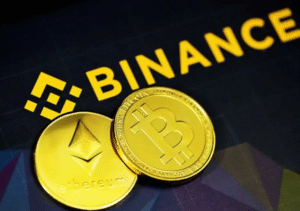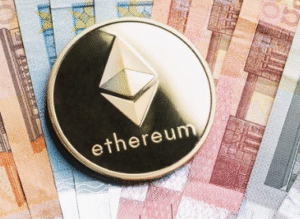$USDC $DAI $USDT
#USD1 #stablecoin #cryptocurrency #regulation #FederalReserve #OCC #financialpolicy #blockchain #digitalcurrency #Trump #marketoversight #cryptoinnovation
US lawmakers are heightening their focus on the interplay between politics and the burgeoning field of cryptocurrency, specifically through the lens of former President Donald Trump’s association with the stablecoin USD1. This scrutiny underscores a broad concern regarding how such relationships might impact the regulatory landscape governing digital currencies. The inquiry into Trump’s role with USD1 is not merely a question of celebrity endorsement but rather a pivotal issue that could shape future regulatory frameworks. It implicates both the Federal Reserve and the Office of the Comptroller of the Currency (OCC), pressing these financial watchdogs to delineate clear strategies for preserving the integrity of a rapidly evolving finance sector deeply intertwined with technological innovation.
At the heart of this discourse lies the inherent stability and reliability of stablecoins like USD1, which are designed to offer a digital counterpart to traditional fiat currencies, avoiding the volatility that characterizes much of the cryptocurrency market. However, the involvement of high-profile figures such as Trump introduces an additional layer of complexity, potentially influencing public perception and trust in these digital assets. This has led lawmakers to seek assurance from the Federal Reserve and OCC about their capacity and readiness to maintain rigorous oversight, thereby ensuring that the burgeoning sector remains both innovative and secure.
Furthermore, the focus on Trump’s association with USD1 calls into question broader issues of compliance and ethical standards within the cryptocurrency space. Regulatory agencies are now being tasked with considering how to approach oversight in a manner that addresses not only the technical and financial aspects of stablecoins but also the potential for undue influence by individuals or entities with significant political or societal clout. This entails a delicate balancing act: crafting regulations that are robust enough to protect consumers and preserve the integrity of the financial system, while also fostering an environment conducive to growth and innovation in the crypto sector.
In conclusion, the scrutiny of President Trump’s involvement with the USD1 stablecoin is emblematic of the larger challenges facing regulators in the crypto domain. It illustrates the need for a nuanced approach to oversight that recognizes the unique features and risks of digital currencies. As lawmakers press the Federal Reserve and OCC for answers, the outcome of their inquiries may well set precedents for how similar issues are addressed in the future, potentially shaping the landscape of cryptocurrency regulation for years to come. This evolving narrative not only highlights the intersection of politics, finance, and technology but also serves as a critical moment for stakeholders across the spectrum to evaluate the pathways for integrating innovation with accountability in the digital age.







Comments are closed.